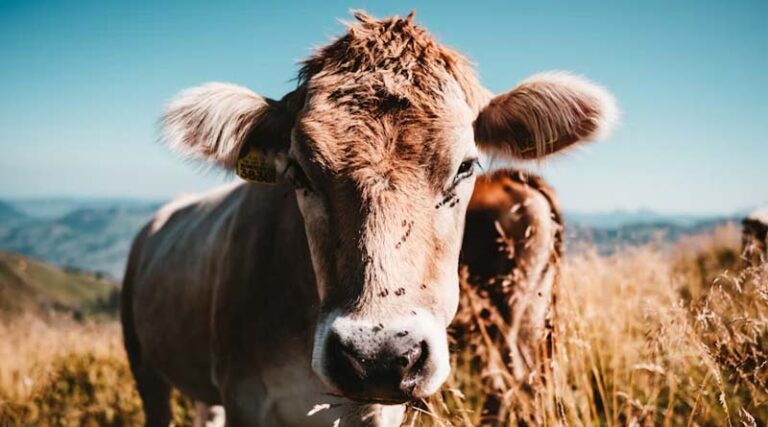
New World Screwworm (NWS): A Global Threat to Livestock and Agriculture
28 August 2025, US: The New World Screwworm (NWS), Cochliomyia hominivorax, is one of the most destructive pests threatening livestock, wildlife, and in rare cases even humans. Recognized as a major biosecurity concern, the screwworm poses risks not only to animal health but also to agricultural productivity, rural livelihoods, and food security worldwide.
What Is the New World Screwworm?
The New World Screwworm is a parasitic fly native to the Americas. Unlike most flies, which lay eggs in decaying matter, the female screwworm fly lays eggs on open wounds or mucous membranes of living animals. When the eggs hatch, the larvae burrow into the flesh, feeding on healthy tissue. This results in painful, rapidly spreading wounds that can lead to severe infections, weight loss, reduced productivity, and often death if untreated.
Impact on Livestock and Agriculture
Infestations cause devastating economic losses for farmers and ranchers. Cattle, sheep, goats, horses, pigs, and other domestic animals are highly susceptible. Wildlife, birds, and even pets can also be affected. In rare cases, humans have been infested. The consequences include:
- Reduced productivity in meat, milk, and wool due to animal stress and weight loss.
- High veterinary costs for treatment and prevention.
- Mortality losses, particularly in remote areas where veterinary care is limited.
- Trade restrictions in regions where outbreaks occur, impacting agricultural exports.
Geographic Spread and Risks
Historically, the New World Screwworm was widespread across the Americas. Intensive eradication programs, particularly the Sterile Insect Technique (SIT), eliminated NWS from the United States and much of Central America. However, the pest remains a concern in South America and the Caribbean.
Experts warn that changing climate patterns, increased livestock movement, and cross-border trade raise the risk of NWS spreading into new territories. If established in previously eradicated regions, the pest could cause billions of dollars in damages to agriculture and threaten food supply chains.
Control and Eradication Efforts
The fight against NWS relies on a combination of technologies and collaborative strategies:
- Sterile Insect Technique (SIT): Releasing sterile male flies in large numbers to suppress wild populations.
- Veterinary Treatments: Development of new animal drugs and topical preventives to protect livestock.
- Biosecurity Measures: Border controls and livestock inspections to prevent accidental introduction.
- International Cooperation: Regional surveillance and emergency response systems are critical, as screwworms do not respect borders.
Why Global Agriculture Is Watching Closely
The New World Screwworm highlights how an agricultural pest can quickly become a global food security issue. The economic stakes are high, with potential losses in the billions if outbreaks are not contained. Preventing its spread requires science-driven solutions, coordinated government action, and international collaboration.
For ranchers, veterinarians, and policymakers worldwide, NWS serves as a reminder that safeguarding animal health is essential not just for agriculture but also for the resilience of the global food system.
Also Read: Possible Decline in Wheat Production in India, Says Agriculture Minister
📢 If You’re in Agriculture, Make Sure the Right People Hear Your Story.
From product launches to strategic announcements, Global Agriculture offers unmatched visibility across international agri-business markets. Connect with us at pr@global-agriculture.com to explore editorial and advertising opportunities that reach the right audience, worldwide.






